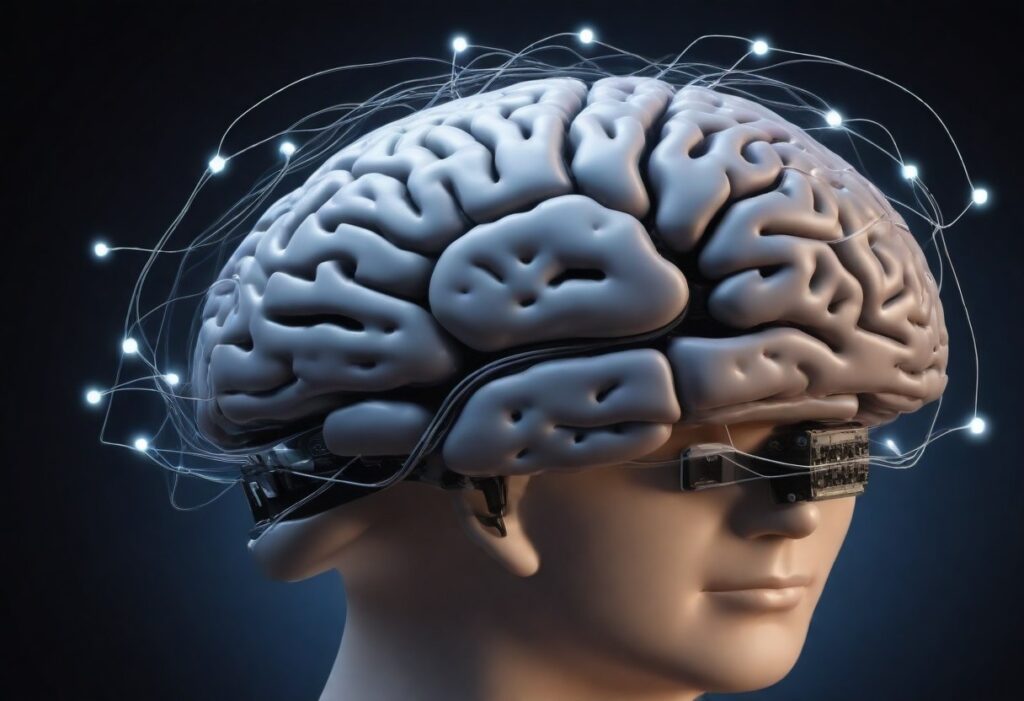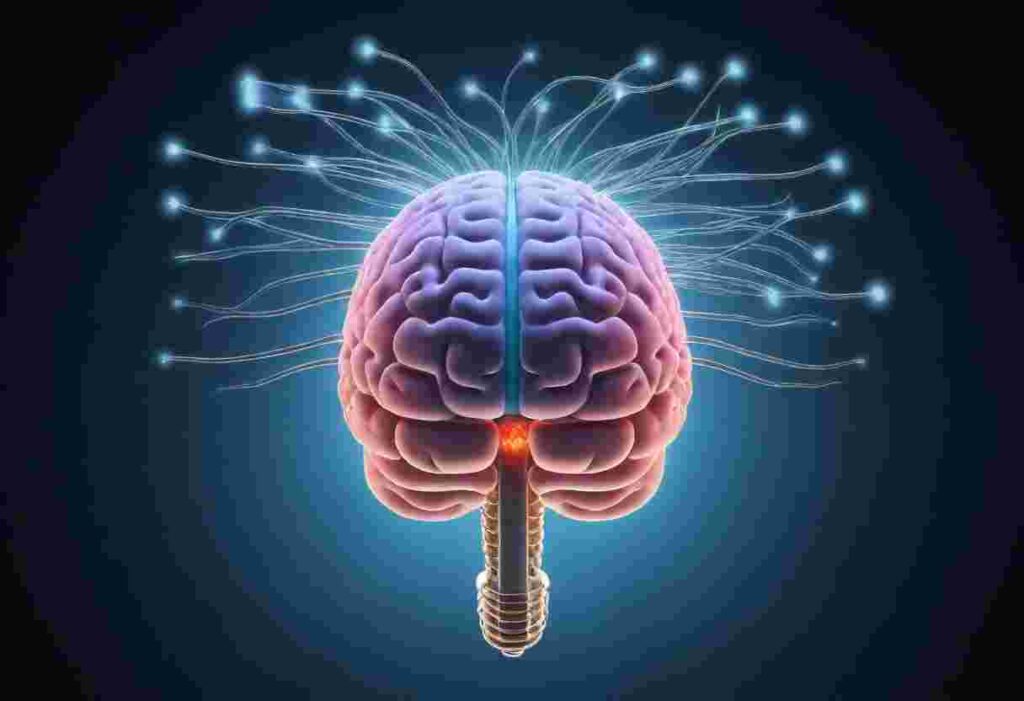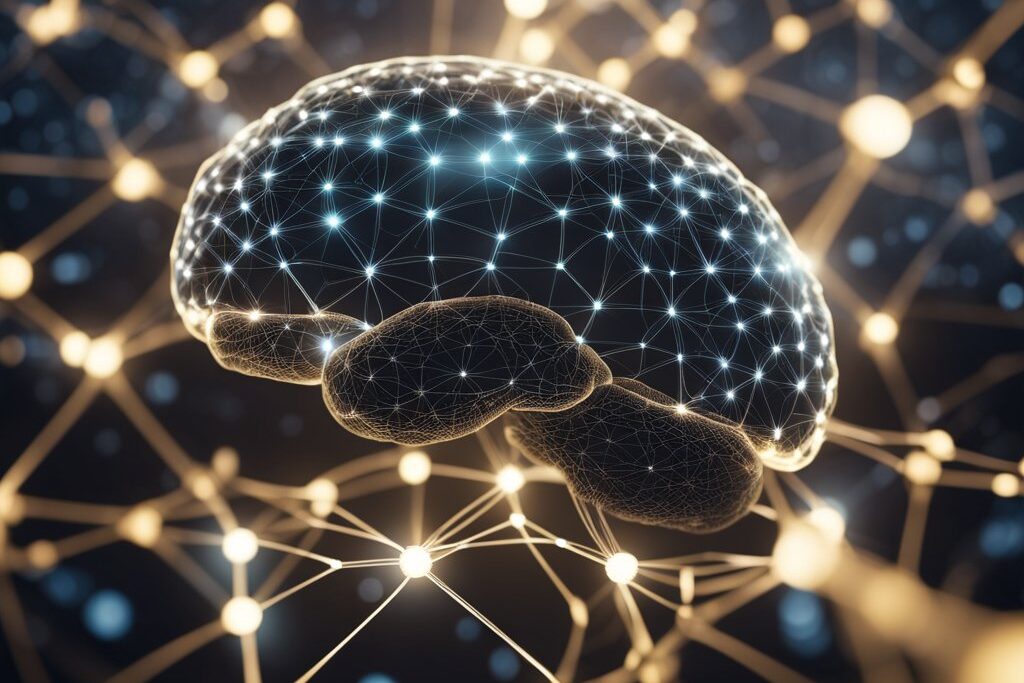Table of Contents
Imagine being able to control devices with just your thoughts. It sounds like something out of a science fiction movie, but with advancements in technology, it’s becoming a reality. In this article, we’ll delve into the fascinating world of brain computer interfaces (BCIs) and neurotechnology, exploring how these innovations are allowing us to harness the power of our minds to ai control machines.
Understanding Brain-Computer Interfaces:

Brain computer interfaces (BCIs) are systems that enable direct communication between the brain and an external device, such as a computer or prosthetic limb. The basic idea behind BCIs is to decode the brain’s signals and translate them into commands that can be understood by machines. This allows individuals to interact with technology using nothing but their thoughts.
How BCIs Work:
At the heart of BCIs are sensors that detect brain activity. These sensors can be non-invasive, such as electroencephalography (EEG) electrodes placed on the scalp, or invasive, involving electrodes implanted directly into the brain. Once the brain signals are captured, they are processed by algorithms that decode the user’s intentions. These decoded commands are then used to control various devices or applications.
Applications of BCIs:
BCIs have a wide range of applications, from assisting individuals with disabilities to enhancing human-computer interaction. One of the most well-known applications is in the field of assistive technology, where BCIs enable people with paralysis to control prosthetic limbs or communicate through computers using their thoughts alone. BCIs also hold promise in areas such as gaming, virtual reality, and even neurofeedback therapy for mental health conditions.
Challenges and Limitations:
While BCIs offer incredible potential, they still face several challenges and limitations. One major hurdle is the accuracy and reliability of decoding brain signals, which can be affected by factors such as noise and individual differences in brain activity. Additionally, invasive BCIs carry risks such as infection and tissue damage, making them less suitable for widespread use.
The Future of Neurotechnology:

Despite these challenges, the future of neurotechnology looks promising. Researchers are continuously improving BCI technology, developing more accurate and robust systems that are easier to use and less invasive.
With further advancements, we may soon see BCIs becoming more integrated into our daily lives, revolutionizing how we interact with technology and even enhancing human cognition and abilities.
Why Is AI Controlling Human Brain?
The idea that AI controls the human brain is not true. Instead, AI and the human brain can work together in helpful ways, but AI doesn’t control our brains. Let’s clear up some points:
- AI as a Tool: Scientists use AI to understand and analyze the human brain. They use AI algorithms to make sense of complex brain data. This teamwork helps us learn more about how our brains work and how to treat brain-related issues.
- Assistive Technologies: AI can assist people who have trouble moving or thinking. For instance, AI-powered prosthetics or devices that connect to the brain can help them move or communicate better.
- Enhancing Performance: Some studies connect AI to living beings to make them better at certain tasks, like finding food. This is done in labs to understand how AI and living things can work together.
- AI and Neuroscience: AI models, like neural networks, are inspired by how our brains work. Scientists want AI to learn and act like humans do.
- The AI Control Problem: Some people in the AI community worry about the “AI control problem.” They want to make sure that AI systems follow human values and stay safe. They’re concerned that AI might become too powerful and unpredictable.

Remember, AI is always changing. Scientists keep finding new ways to use it, especially in understanding our brains. But AI is just a tool made by humans. Its job is to help us, not control us.
So, while it’s fun to imagine AI taking over the world in movies, in reality, it’s just a tool we use to make life better.
Conclusion:
Brain-computer interfaces and neurotechnology represent a groundbreaking frontier in human-machine interaction. By harnessing the power of our minds, we are unlocking new possibilities for communication, control, and even augmentation of our capabilities. While there are still challenges to overcome, the potential benefits of these technologies are immense, offering hope for a future where our thoughts can truly control the world around us.
Can AI control our brains?
No, that’s not true. AI is a tool made by people, and it doesn’t control our brains. Instead, it helps us in different ways.
How does AI help with the brain?
Scientists use AI to understand how our brains work. They study brain data with AI to learn more about it.
Can AI help people who have trouble moving or thinking?
Yes, it can. For example, AI can power special devices that help people move or talk better.
Do AI and the brain have anything in common?
Yes, they do. AI is inspired by how our brains work. Scientists try to make AI that learns and acts like us.
Is AI always safe?
People talk about making sure AI follows rules and stays safe. They want to make sure it helps us without causing harm.
Is AI getting better quickly?
Yes, it is. AI is always improving and finding new ways to help us. But remember, we’re the ones in charge of it.


Pingback: Starship Spacex: The Future of Space Exploration
Pingback: Apollo 13 Lost in Space: A Journey of Discovery Apollo 13